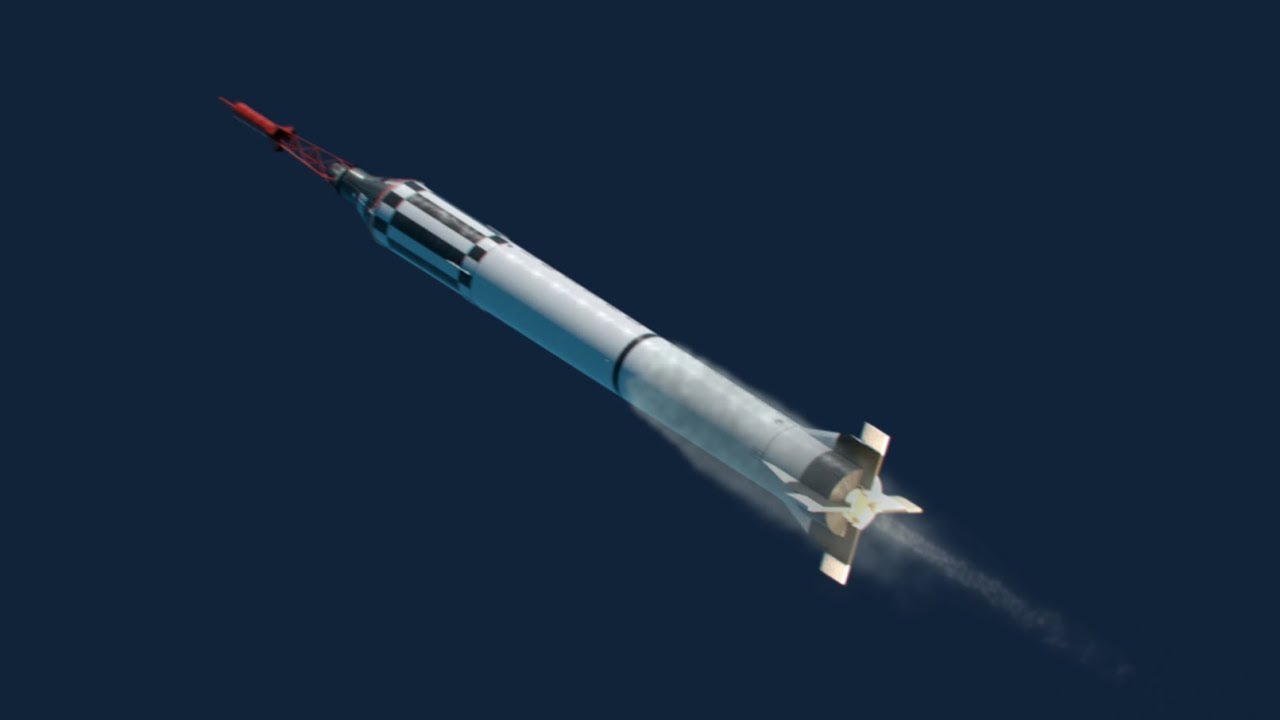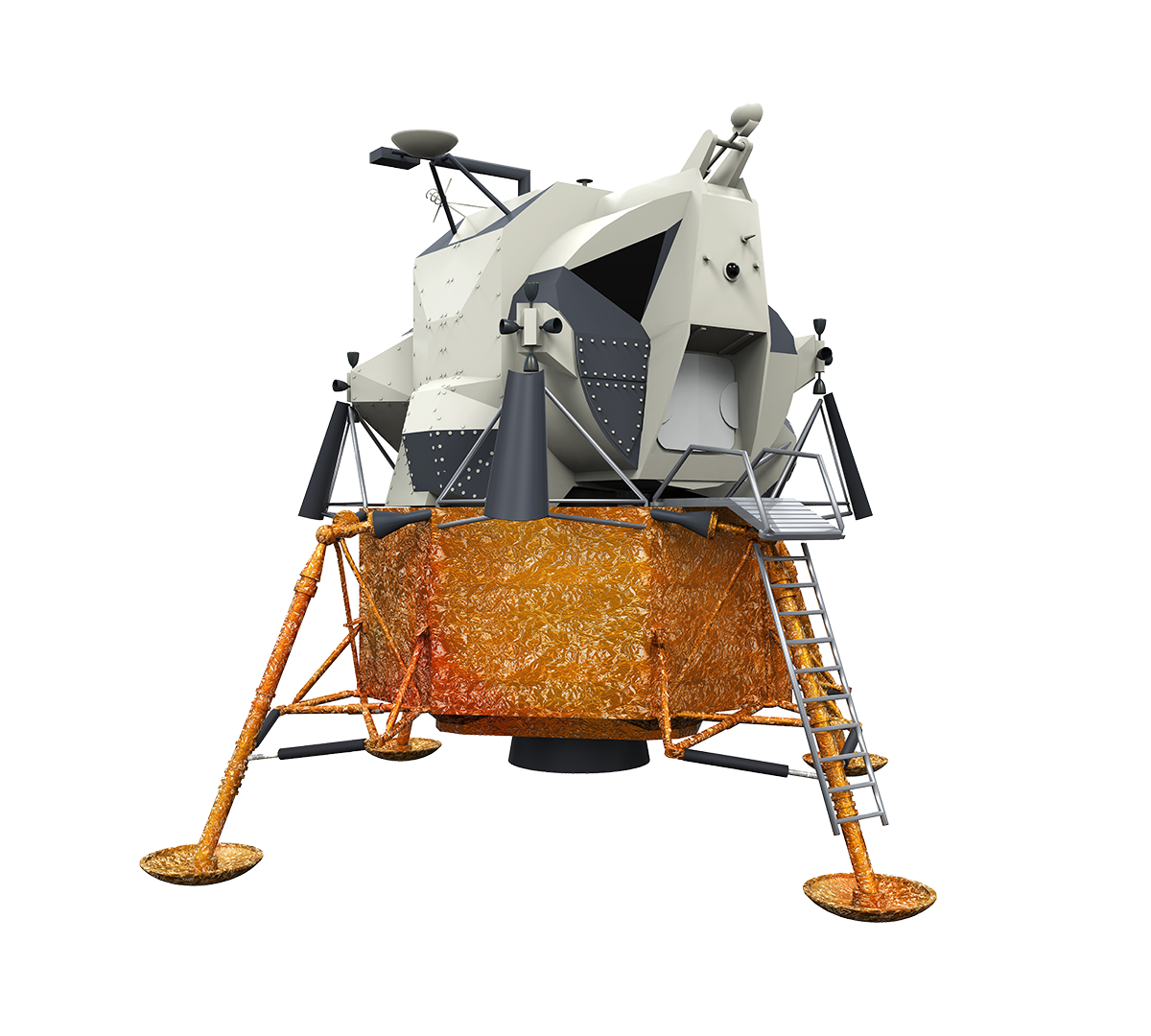May 5, 1961. Sixty years ago, a man climbed 82 feet into the air, strapped himself to the Mercury Redstone rocket and was blasted into history. That brave soul was Alan Shepard.
The events of May 5, while dramatic and earth-shaking, came about during a period of geopolitical uncertainty. In a sense, Shepard’s journey to space had as much influence on political tensions of the 1960s as it did with America’s advances in space exploration.
Shepard’s trip to the outer reaches of the earth’s atmosphere lasted a total of 15 minutes. Those 15 minutes marked the beginning of a new era.
While Shepard was the first American in space, he was not the first human in space. A little more than a month earlier, the Soviet Union launched Yuri Gagarin to space on April 12, 1961. Gagarin orbited the Earth once, while Shepard was in space for only a brief period.
The Space Race was on … and the United States was losing.
One year later, President John F. Kennedy vowed that, thanks to the can-do American spirit, the United States would “catch up and move ahead.”
In an address to the nation at Rice University on Sept. 12, 1962 he informed the American people about the space program in an attempt to garner national support for the moon program in the midst of rising political tensions with Russia.
Those tensions worked to Kennedy’s advantage, because at the time there was national concern that space would become militarized.
“Space science, like nuclear science and all technology, has no conscience of its own,” said Kennedy, standing inside Rice’s football stadium. “Whether it will become a force for good or ill depends on man, and only if the United States occupies a position of pre-eminence can we help decide whether this new ocean will be a sea of peace or a new terrifying theater of war.”
As both countries pushed towards space, the Soviet Union had a flurry of early successes, launching the first man-made satellite to space on Oct. 4, 1957. The United States launched its first satellite, Explorer I, just months later. Subsequently, the Soviet Union placed the first man in space; the first animal in space; and the first woman in space.
While the United States lagged the Soviets in several cases, given the socioeconomic conditions of the 1960s, the United States was ultimately better prepared to succeed where the Soviet Union failed: putting boots on the moon.
In 1962, the American Rocket Society published a report titled Space Flight Report to the Nation. This manuscript detailed the technological advancements and achievements made by the United States and included the military and political effects of space flight in its infancy.
“It takes many years to develop such a large rocket, and it may very well be that one of the two contenders has been ahead of the other for, say two years, only to see that the other has been leapfrogging him in the meantime.”
True to von Braun’s words, the United States developed a heavy duty launch vehicle, the Saturn V, which later would propel the Apollo missions to the moon. The Soviets hit a roadblock and were unable to develop an engine that could efficiently and effectively provide the power needed to escape the earth’s orbit.
Trevor Brown, a Political Science professor at Auburn University, wrote that the United States recognized and focused primarily on economic and security applications that space provided, using the space program to stimulate the economy and thus offset part of the cost of the program. While admitting the space program was an “act of faith and vision,” Kennedy sold the American people on the economic and value of the technological developments and scientific achievements to come.
The Soviets had other priorities. “For ideological reasons, the Soviets bristled at any space activities that would return profits to their economy,” Brown wrote in a 2011 journal article.
Kennedy was up front with the American people. He admitted it would be costly, dangerous, and incredibly difficult. But rather than allow this to be a deterrent, the President used these challenges to help define the American spirit.
“We choose to go to the moon,” Kennedy said. “We choose to go to the moon in this decade and do the other things, not because they are easy, but because they are hard, because that goal will serve to measure the best of our energies and skills.”
Today space is even more complicated—well… it never got less complicated. However, science has evolved and developed, allowing for more to be accomplished.
In light of everything achieved, Shepard’s legacy still lives on today. He was fifth of 12 astronauts who walked upon the surface of the moon. He also probably played the first ever game of lunar golf. While Shepard did not orbit the Earth his first time to space, his historic launch laid the groundwork for continued space exploration and success for the United States.


